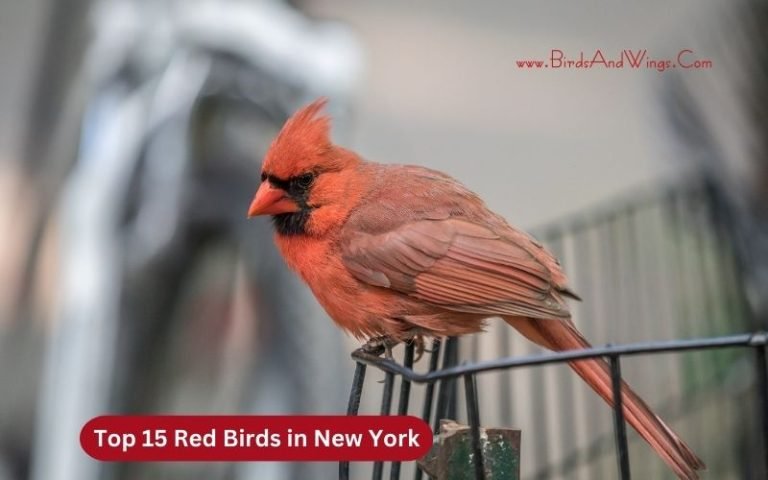10 White Birds in Florida with Long Beaks
Florida is basically known for its high biodiversity and diverse bird collection of nature. Among all of these birds, White Birds with long beaks are really fascinating and captivating to observe.
This article will try to emphasize the top ten white Birds in Florida with Long Beaks in terms of their unique description, characteristics, habitat, feeding habits, distribution, survival nature, and other unique attributes.
Through this exploration, we aim to find out those Birds’ remarkable diversity in nature and unique characteristics.
List of Top 10 Long Beaks White Birds in Florida
1 . The Great Egret
The great egret is from the Heron family having long legs and a slender body. They have a plumage of white color. Among them are adults who have black legs and feet.
They make their habitat or nest in marshes, ponds, and shore areas. They mostly like fish in their diet. They also eat frogs, snakes, salamanders, aquatic insects along with fishes.
2 . The Wood Stork
The wood storks are kind of wading birds having large long legs. They are about 50 inches tall. They have a wingspan of about 65 inches. The color of their head and neck is gray and unfeathered. They have white plumage and a short black tail. Wood storks are distributed from South Carolina to Southern South America. Mixed hardwood swamps, slough, mangroves, and cypress domes in Florida are their common breeding grounds.
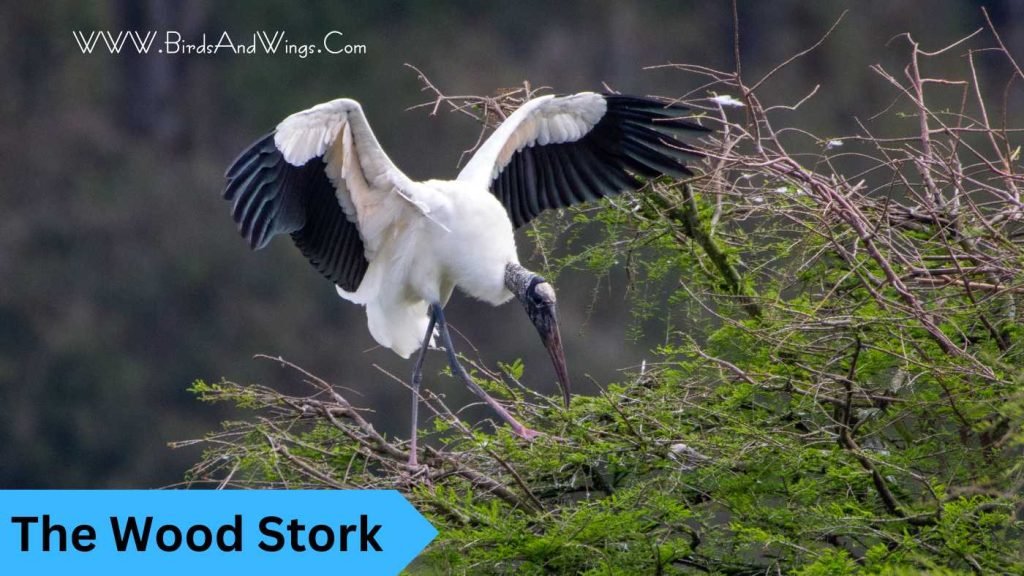
The conservation status of the wood stork is endangered but the breeding effort has improved over the last 15 years in the northern portion of Florida but continues to decrease in South Florida.
3 . The American White Pelican
The American White Pelicans are about 4 feet tall having a wingspan of about 9 feet. They have a unique beak structure. They have a down-curved hook at the end of the upper mandible. The American White Pelicans spend their winter on the Gulf Coast, California, and Mexico.
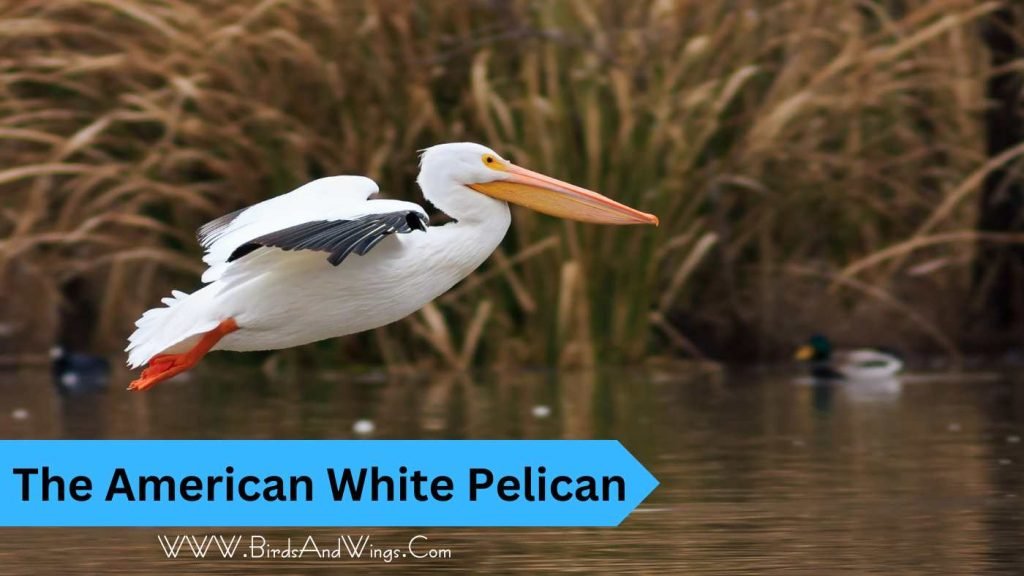
They migrate to the Great Plains and Great Basin during the spring season. They dip their heads under the surface of the water for hunting purposes.
Sometimes they form a circle and hunt cooperatively. Most fish remain on their regular diet. Crayfish, Salamanders, etc. remain in their favorite diet.
4. The Roseate Spoonbill
These birds are unique in characteristics by inheriting some unique features like pink bodies and legs along with white necks and breasts. They have spoon shaped bills and bright red shoulder patches. Their breeding season lasts from March through June in Texas.
Their nests are deeply cupped structures and well-built in thick vegetation above water. The roseate spoonbill follows a filter-feeding method like wading in shallow water and swinging the tip of the bill, slightly open back and forth in order to find food.
They prefer to make their habitats in coastal mangroves and dredged-made islands. They are found in Southern Florida, Coastal Texas, and Southwestern Louisiana.
5. The White Ibis
These birds are generally covered with plumage of white color. They have scarlet legs, facial skin, and bills. Their black wing tips become visible when they are in flight position. They usually forage by walking slowly in shallow water along with land, specifically on mid or short grass.
These birds sweep their bill from side to side and probe at the bottom and thus find food by touch while probing. Crabs, frogs, snakes, crayfish, fish, insects etc. remain in their primary diet list. In general cases, the white ibis birds build their nests in forks of live or dead trees including black elderberry, red bay, black mangrove, willow, and cypress.
In cases of unavailability of taller nest sites, they usually build their nest in clumps of grasses or sedges. This species is under protected status all over the world and the International Union for Conservation of Nature has classified this species as of least concern on the IUCN red list.
6. The Snowy Egret
The length of the snowy egret birds is 20 to 27 inches and has a wingspan of about 41 inches. They have alternate plumage which is completely white with plumes. These plumes or aigrettes arised from the head, lower neck, and scapulars. When the breeding season comes, the adult members among them develop long, wispy features on their backs, necks, and heads.
Their hunting technique is much more active than other herons and egrets. Generally, they make use of their feet to stir up mud under water, afterward stab their bills into the water to find prey. They like to eat fish, shrimp, crayfish, fiddler crabs, snakes, snails, etc.
They are good and highly social in terms of keeping interaction with other bird species and this leads to group foraging with other aquatic bird species.
7. The Tricolored Heron
The species is so-called since these birds are colorful herons with a mix-up of blue-gray, lavender, and white. During breeding time, the tricolored herons develop small plumes of white color which extend from the backside of their head and the base of their bill becomes tinted blue. The tricolored herons are a kind of colonial nesters, usually nesting with other herons and egrets.
In usual cases, they breed on islands or higher ground with dense vegetation. Most of its diet consists of fish but amphibians, insects and crustaceans remain in their food habit. The tricolored herons make their habitats in marshes, swamps, streams, and shores mainly in waters of coastal lowlands.
8. The Little Blue Heron
The body color of the little blue heron is grayish blue. During non-breeding periods, they have a purplish head and neck. But during breeding time, their heads become dark red. Their bill is pale blue at the base and black at the tip. Juveniles are completely white other than the vague dusky tips to the outer primaries.
The breeding areas of the little blue heron range from South Maine, along the Atlantic Coast and Gulf Coast through East Mexico. They also make their nests in south Belize areas. After nesting, some members migrate to South America and some of them remain in the Southeastern United States in winter.
Different kinds of fishes, snakes, frogs, lizards, crabs, shrimps, aquatic insects, spiders, grasshoppers, beetles, and other grassland insects are on the menu of their food list.
These birds forage in shallow water in the daytime by wading very slowly and peering into the water. They keep their bill close to the surface during foraging.
9. The White faced Ibis
The white faced Ibis is an average size bird that can be found in Florida. It has a unique appearance with dark, shiny features. During their breeding season, their eye turns bright red and gets a light blue shade of skin on their face. It also has long curved beaks that help with searching for food. They are from Canada, the United States, Central America, and half of South America.
During their breeding season, they fly to Florida. They also move around a lot to find perfect and suitable habitats and food for them. This species breeds colonials in marshes, nearby trees, and bush areas. They eat fish, newts, frogs, insects, leeches, snails, crayfish, and earthworms.
10. The Glossy Ibis
The Glossy Ibis species are especially known for their plumage and coloration. Their feathers are glossy and shiny which can range from deep maroon to dark purple or green in color.
They breed mainly in scattered ways like very parts of the world such as Europe, Asia, Africa, Australia, and Caribbean countries of the Americas. During the non-breeding season, they visit warmer regions such as Florida, the Caribbean, and South Africa.
They have immense ability to fly for long distances mostly during their migration period. During their breeding season, they form colonies and travel for a long distance journey to Atlantis. They eat small creatures like crayfish, snails, toads, etc.
FAQ
Are Hawks With White Heads Common in Florida and How Can I Identify Them?
Are hawks with white heads common in Florida? Though not abundant, sightings of 10 hawks with white heads are possible. To identify them, look for their distinctive white plumage on their heads and yellow eyes. Keep an eye out for the remarkable Osprey, Bald Eagle, or the elusive White-tailed Kite.
Conclusion
In conclusion, Florida has a unique diversity of birds with long beaks. Their appearances, unique characteristics, and attributes make them captivating and fascinating species to observe thoroughly and also give their immense contributions to Florida’s ecosystems. By observing these birds people can make a deeper connection between nature and themselves.


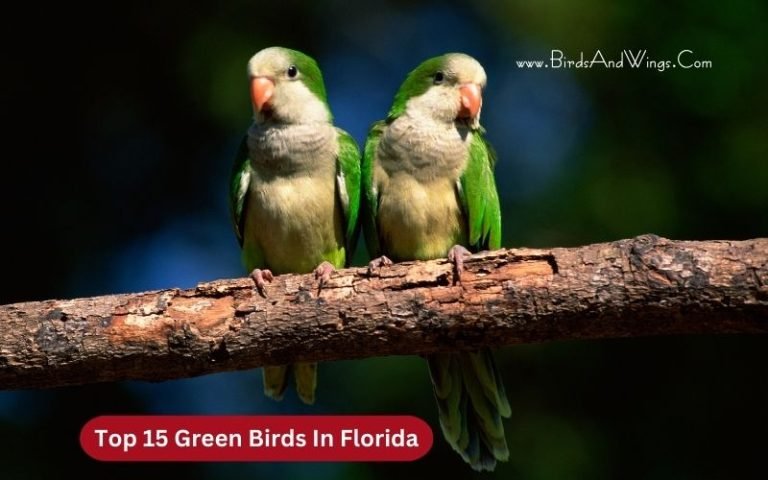
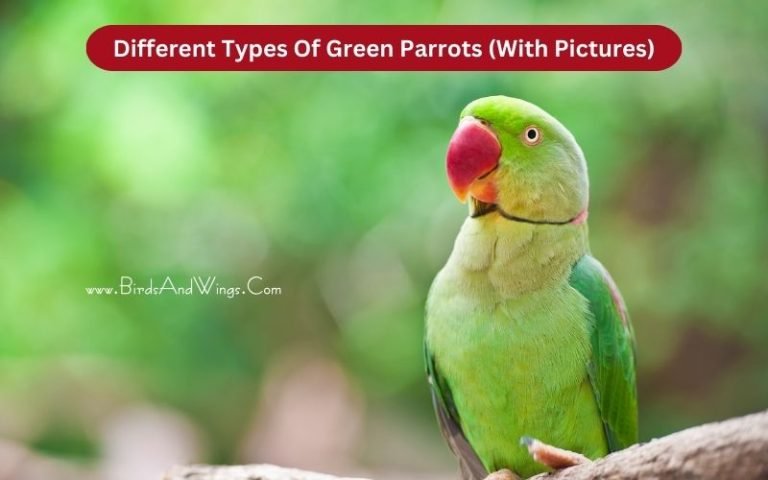

![15 Birds With Red Breast [With Pictures]](https://birdsandwings.com/wp-content/uploads/2023/08/Birds-With-Red-Breast--768x480.jpg)
